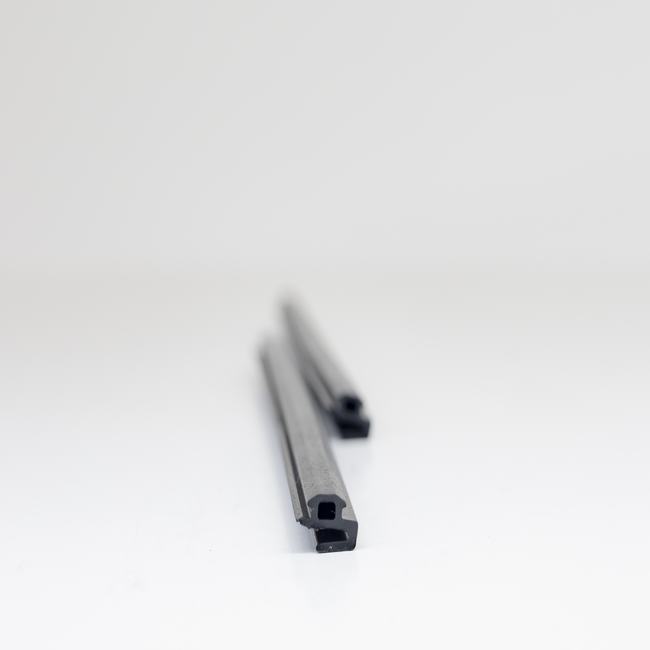seal gaskets
Seal gaskets, also known simply as gaskets, are mechanical components used to create a secure and leak-tight seal between two or more mating surfaces or components. They play a crucial role in preventing the escape of fluids, such as liquids or gases, and the intrusion of external elements like dust or contaminants. Seal gaskets come in various shapes, sizes, and materials to suit different applications and requirements. Here are some key points about seal gaskets:
**Materials:**
Seal gaskets can be made from a wide range of materials, including:
1. **Rubber:** Elastomeric materials like EPDM, neoprene, nitrile, and silicone are commonly used for gaskets due to their flexibility and sealing properties.
2. **Metal:** Metal gaskets, such as those made from stainless steel, copper, or aluminum, are used in high-temperature and high-pressure applications due to their durability.
3. **Fiber:** Compressed fiber gaskets, like those made from asbestos-free materials or cellulose, are used for their compressibility and resistance to a variety of fluids.
4. **PTFE (Polytetrafluoroethylene):** PTFE gaskets, often referred to as Teflon gaskets, are known for their chemical resistance and non-stick properties.
**Types of Seal Gaskets:**
1. **Flat Gaskets:** These are the most common type of gaskets and have a simple flat shape. They are used between two flat, parallel mating surfaces to create a seal.
2. **O-Rings:** O-rings are circular gaskets with a cross-sectional shape resembling the letter "O." They are placed in a groove or recess and compressed between two mating surfaces, often used in hydraulic and pneumatic systems.
3. **Spiral Wound Gaskets:** These consist of a metal winding strip and a soft filler material, providing excellent sealing under high pressure and temperature conditions.
4. **Ring Joint Gaskets:** Ring joint gaskets are primarily used in high-pressure applications like oil and gas pipelines. They have a specific ring shape that fits into special grooves in flange faces.
5. **Camlock Gaskets:** These are used with camlock couplings to create a secure connection in fluid transfer applications.
**Functions and Applications:**
Seal gaskets serve various functions, including:
1. **Sealing:** The primary function of gaskets is to create a seal that prevents the leakage of fluids, gases, or contaminants.
2. **Pressure and Temperature Resistance:** Gaskets are designed to withstand different levels of pressure and temperature, making them suitable for a wide range of applications.
3. **Corrosion Protection:** Some gasket materials are chosen for their resistance to corrosion, ensuring long-term sealing effectiveness.
4. **Vibration and Shock Absorption:** Gaskets can absorb vibrations and shocks in machinery and equipment, reducing wear and tear.
5. **Electrical Insulation:** In some cases, gaskets also provide electrical insulation between components.
Seal gaskets find applications in industries such as automotive, aerospace, plumbing, HVAC, oil and gas, chemical processing, and many others. They are crucial for maintaining the integrity and functionality of various mechanical and fluid systems.

Yorumlar
Yorum Gönder